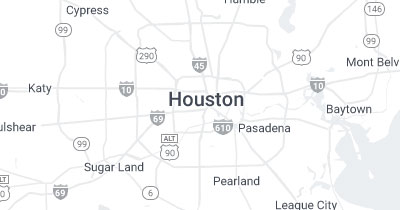How a low-level laser device reduces inflammation, assists chiropractic care
- Updated on: 2022-06-13
- Read original article here

Research reveals that approximately 1.3 billion people globally have some type of musculoskeletal disorder. Low back pain is reported most often at 36.8%, with osteoarthritis and neck pain following closely behind at 19.3% and 18.4%, respectively, showing an increasing need for a low-level laser device in addition to chiropractic to offer patients additional relief for stubborn injuries.
Musculoskeletal issues can be both painful and disabling — especially when inflammation is involved. Inflammatory conditions such as those that occur with rheumatoid and psoriatic arthritis are also among the most treatable according to The Committee on Identifying Disabling Medical Conditions Likely to Improve with Treatment, which is part of the Health and Medicine Division of the National Academies of Sciences, Engineering, and Medicine.
While exercise, movement-based approaches, and even psychologic therapies have shown promising results, several recent studies suggest that a low-level laser device may aid in the reduction of inflammation that exists within muscle and bone.
One such study was published in the Journal of Bodywork and Movement Therapies in July 2021. It involved 65 patients with acute low back pain. Some engaged in drug therapy, some in laser therapy of varying doses, and some in a combination drug and laser therapy treatment. Pain scores improved in all intervention groups over four weeks of treatment. However, the group engaged in both drug and laser therapy showed the most improvement in both low back pain and disability.
Another 2021 study assessed the impact of low-level laser therapy on individuals with knee osteoarthritis. Researchers concluded that a low-level laser device helped increase muscle performance in persons with this type of arthritis, which was evidenced by changes in maximum muscle contraction and contraction duration in the quadriceps after the therapeutic intervention.
A 2019 study involving patients with temporomandibular disorder found similar promising results, citing that low-level laser therapy was more effective at relieving pain and tenderness than therapeutic ultrasound or transcutaneous electric nerve stimulation (TENS).
One article explains that low-level laser therapy works, in part, by inhibiting peripheral sensitization. This lowers the nerve activation threshold while decreasing the release of pro-inflammatory neuropeptides.
Combining a low-level laser device with chiropractic can help patients achieve greater levels of improvement. Research published in the journal Healthcare in 2020 supports this, indicating that patients with chronic low back pain showed the greatest improvement in pain, function, and range of motion after receiving a combination of manual therapy (in the form of Mulligan Mobilization) and low-level laser therapy.
A separate 2020 study noted that a combination treatment including both wrist manipulation and low-level laser therapy was also more effective for improving grip strength in patients with lateral epicondylitis, also known as tennis elbow. This condition is characterized by inflammation in the muscles surrounding the elbow joint, causing pain and tenderness in this area.
One of the most recent studies was published in the Journal of Healthcare Engineering in February 2022. This piece of research involved 110 patients with acute low back pain and unilateral discogenic lumbar radiculopathy.
Some participants were treated with a low-level laser device combined with physical therapy in the form of back extension exercises and stretches, heat packs, and sciatic nerve mobilizations. Others received physical therapy only. After 18 treatment sessions, the combination laser-physical therapy showed more significant improvement in trunk movement, pain intensity, and functional disability than the group receiving physical therapy alone.
What types of conditions can low-level laser therapy help treat? According to an article published in the MedCrave Online Journal of Orthopaedics & Rheumatology, they include both acute and chronic orthopedic conditions such as:
This makes low-level laser therapy beneficial to patients with a variety of musculoskeletal conditions.





